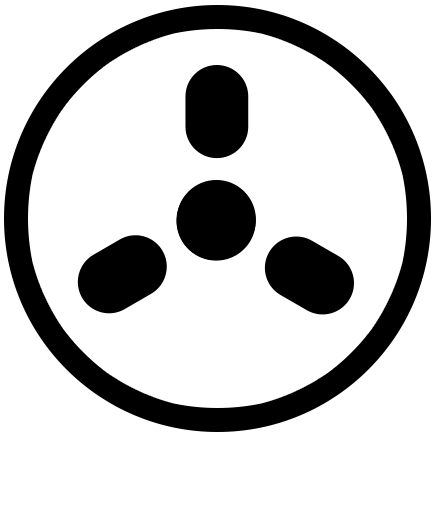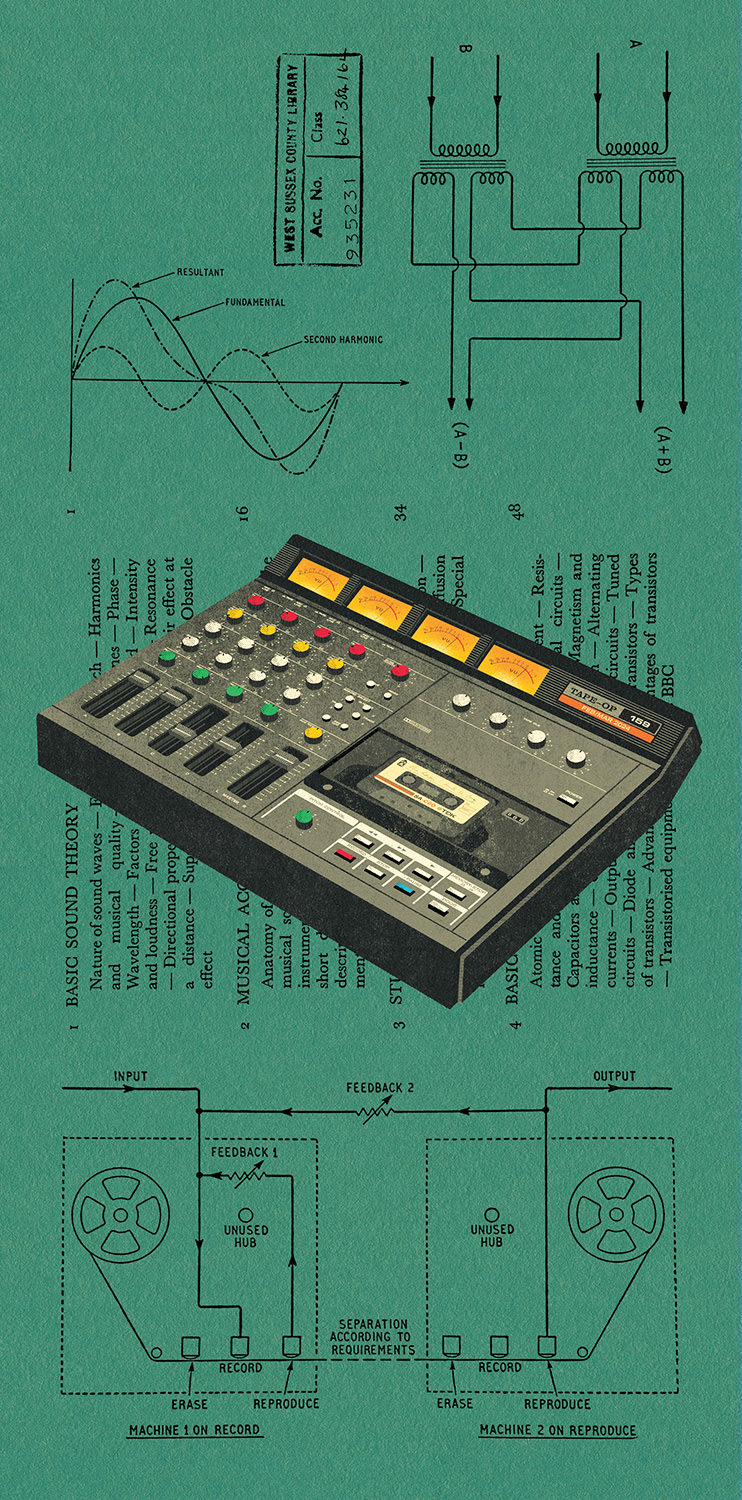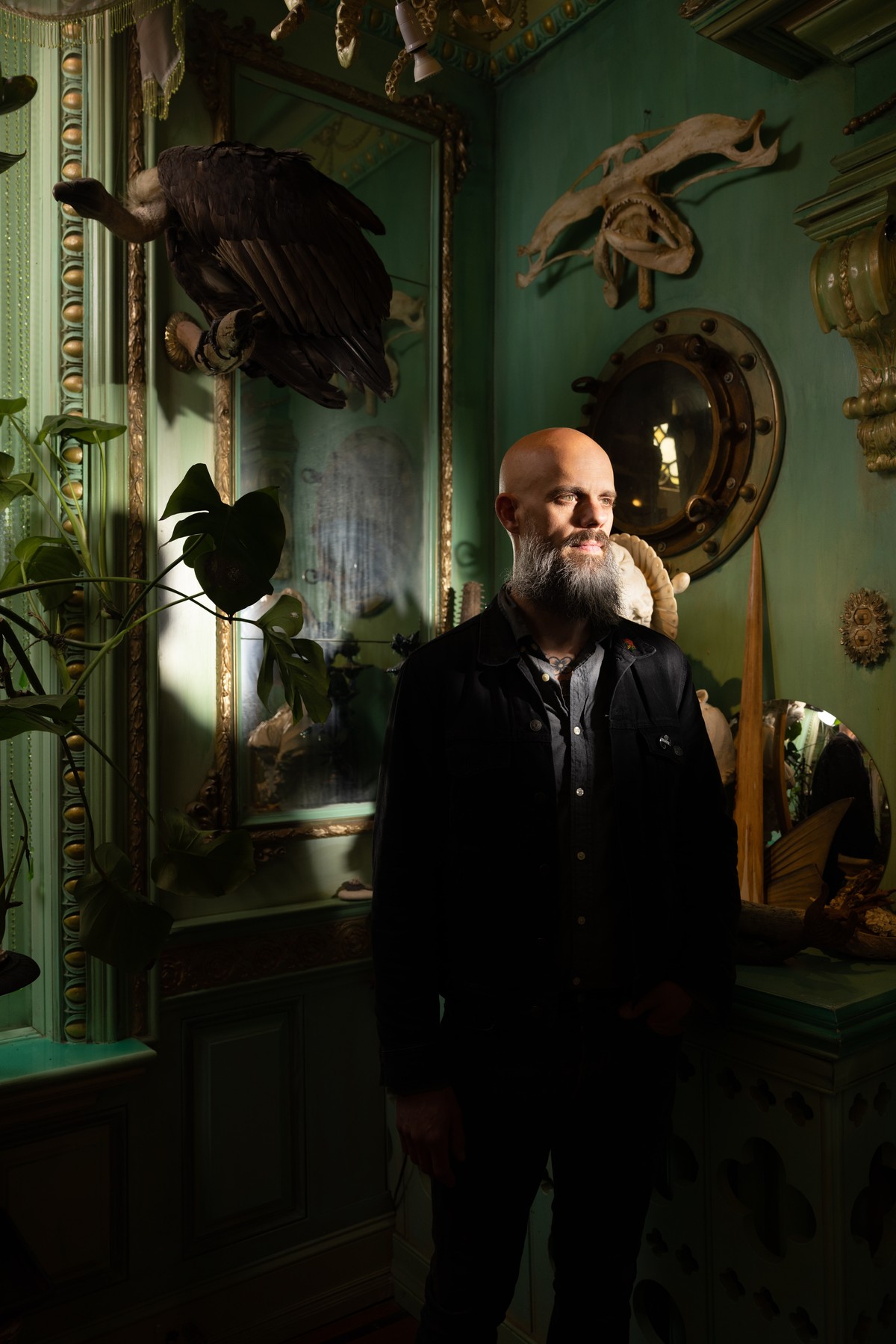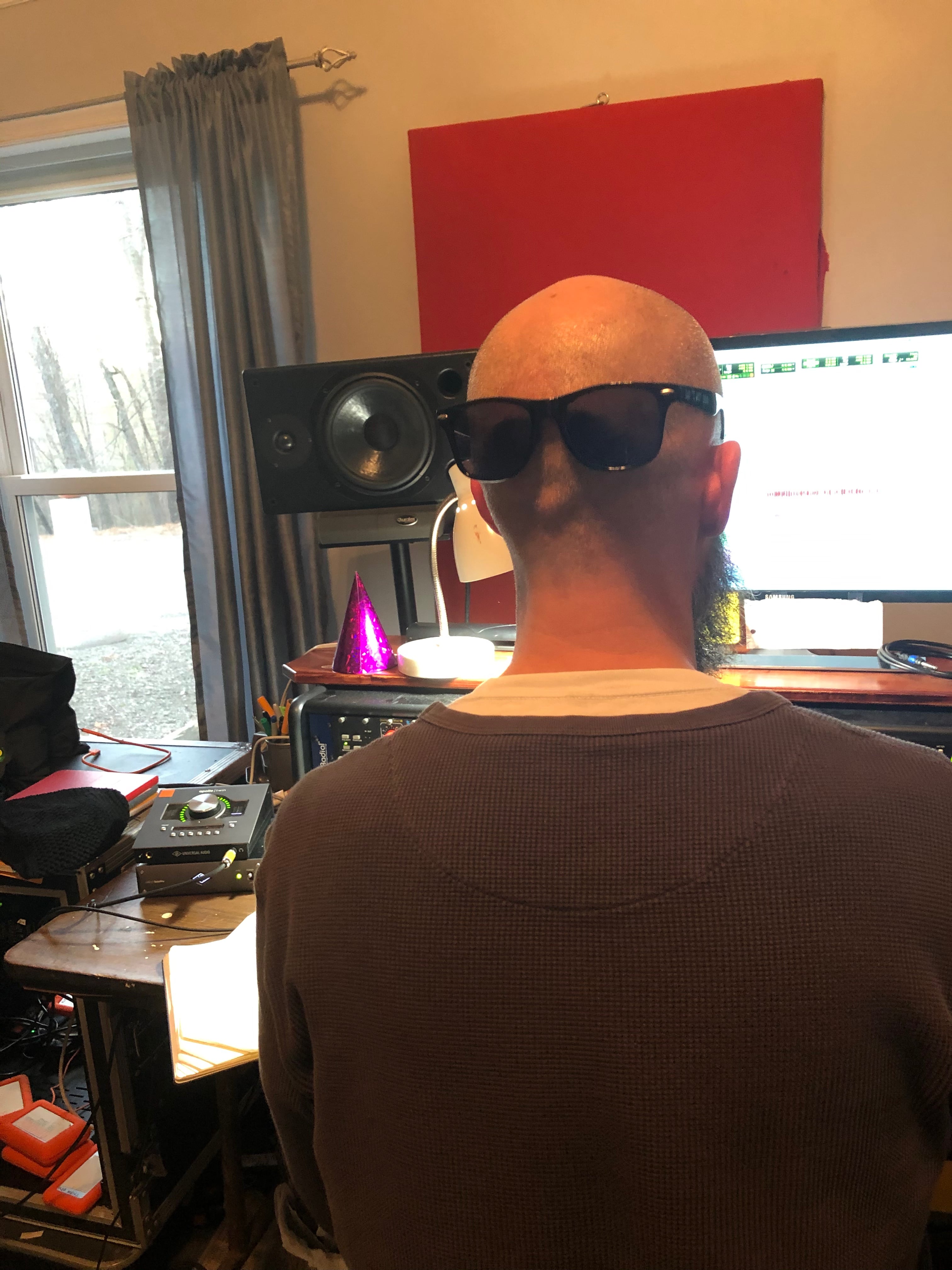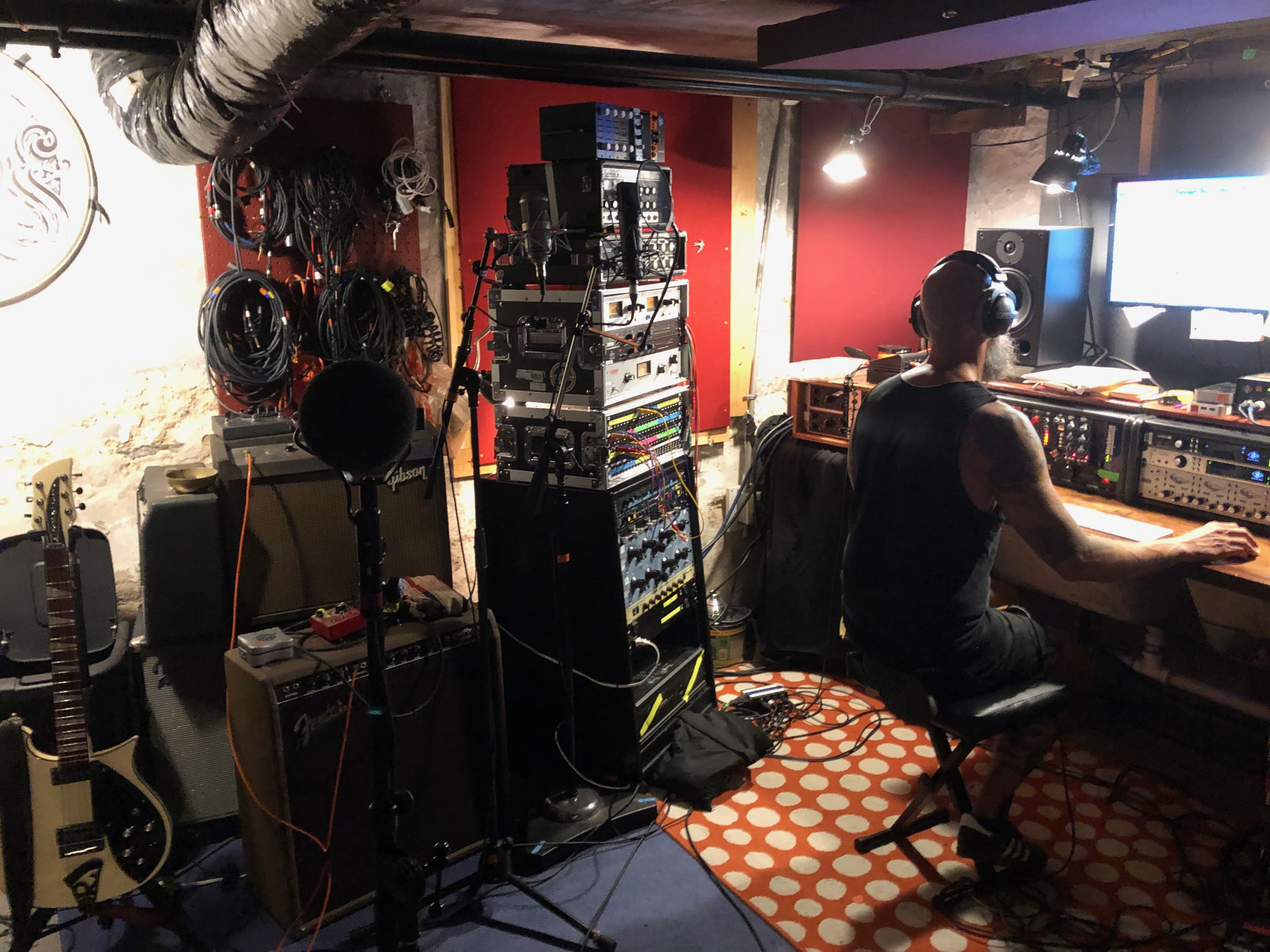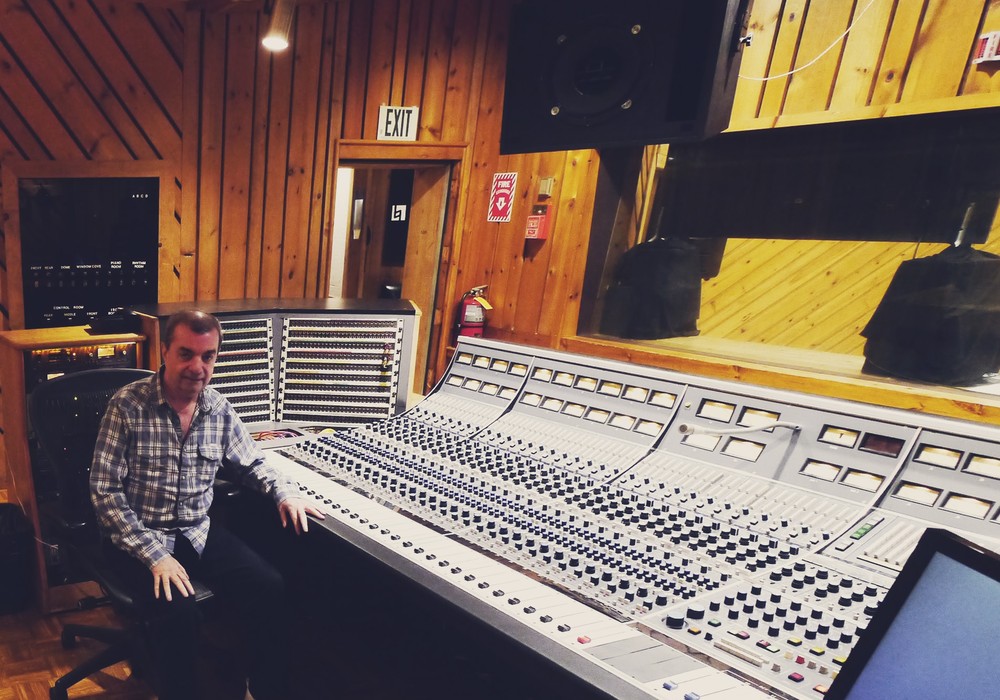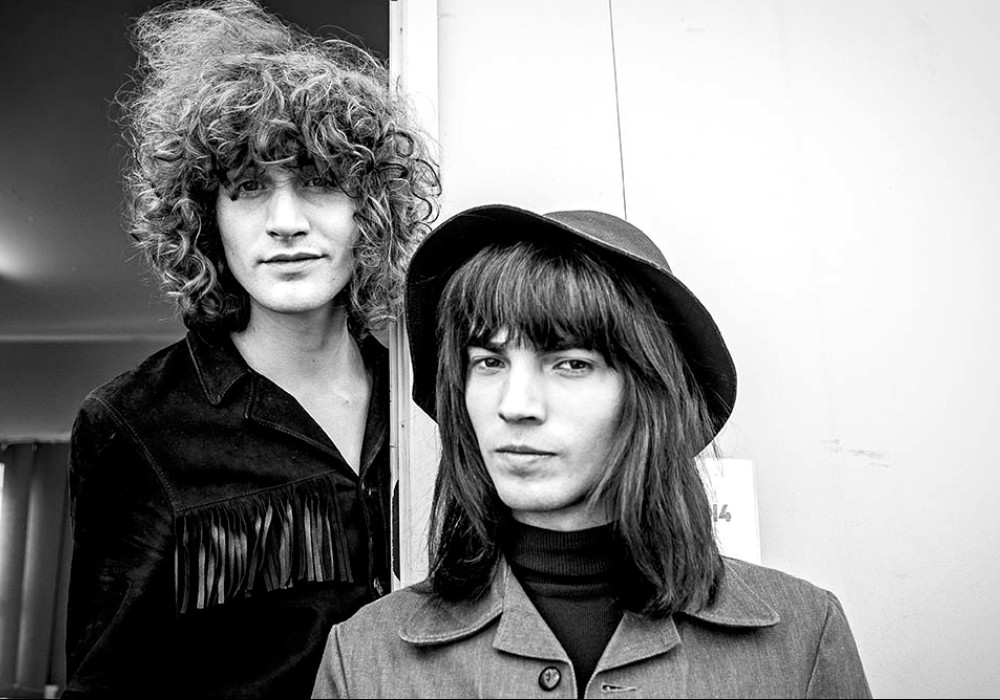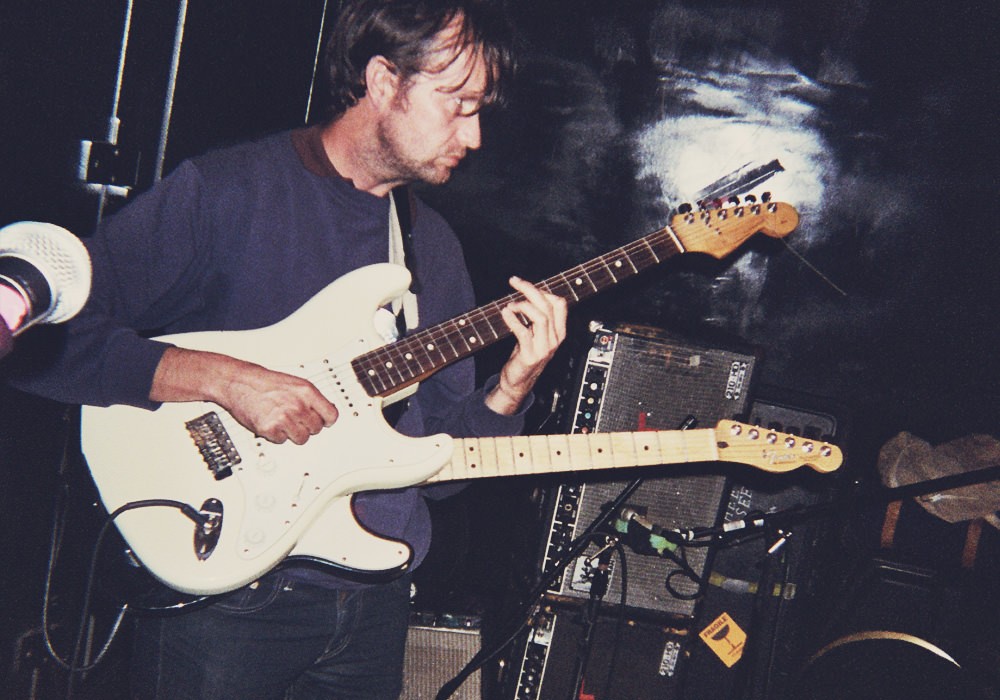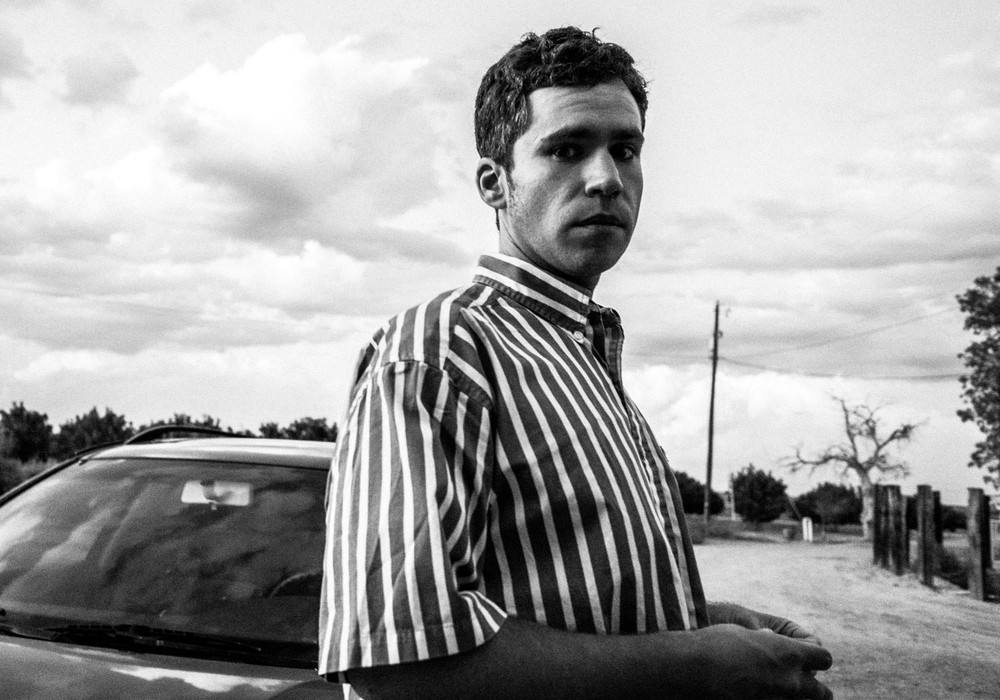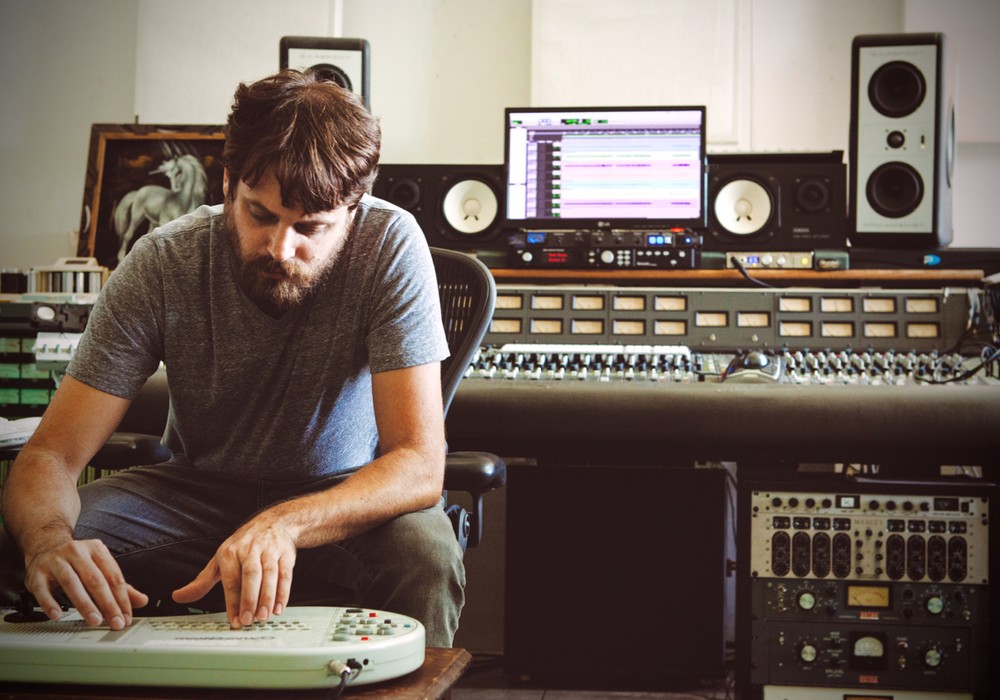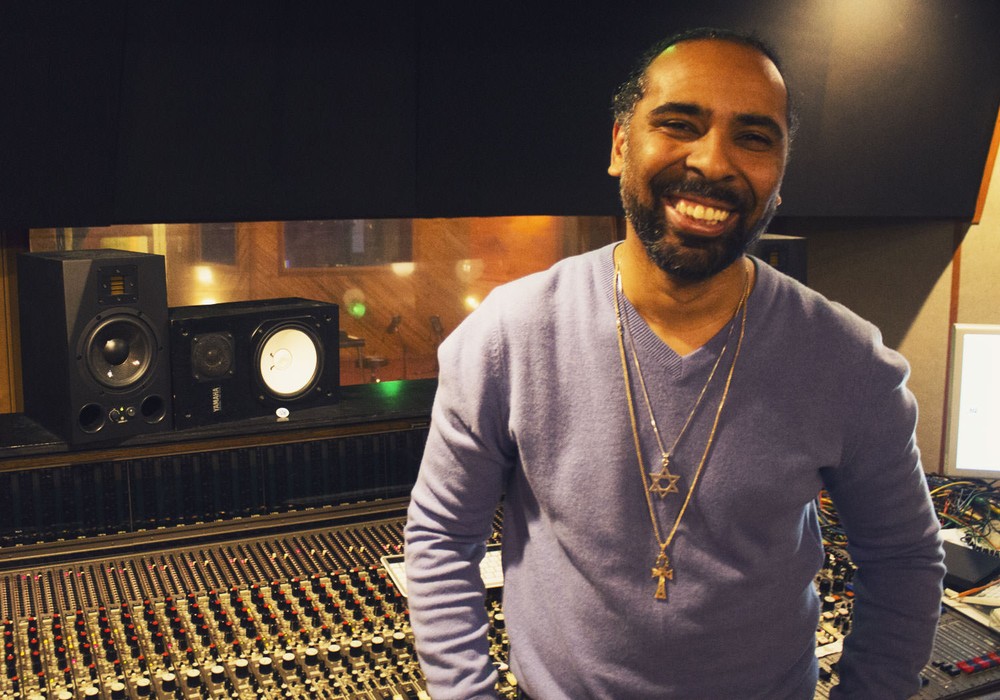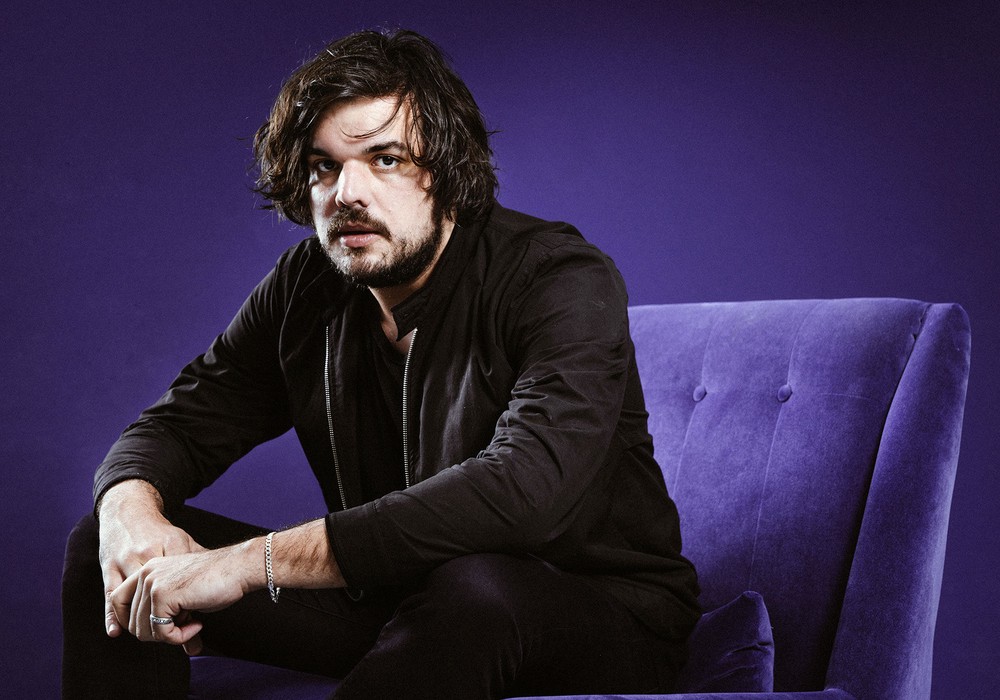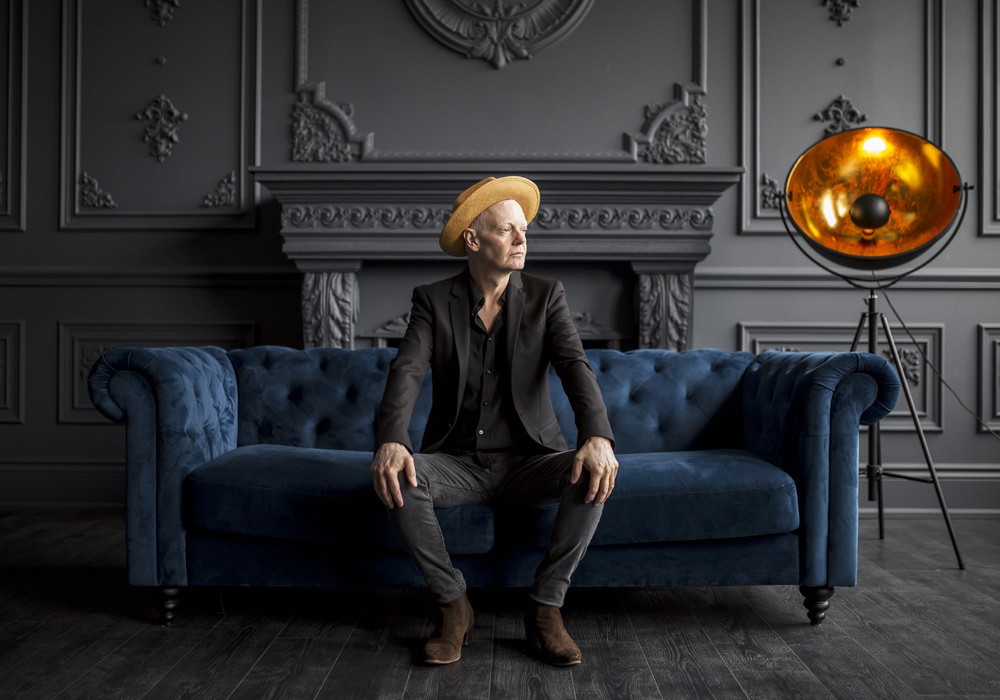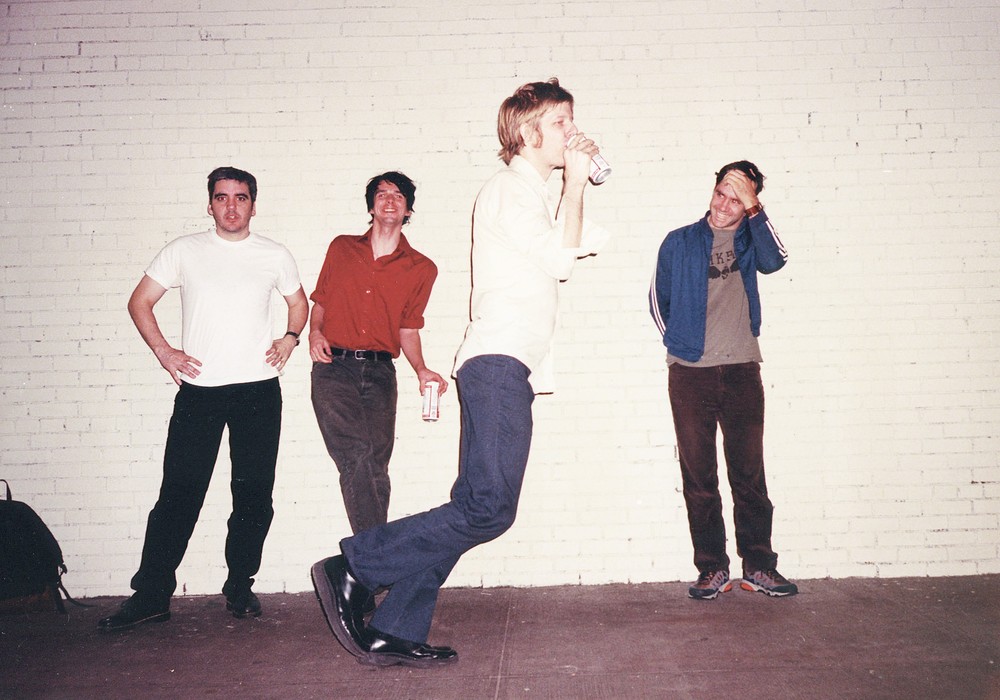STONE is the first Baroness album to be produced solely by you and the band. Were there any engineers on site at the Berryville, NY, house you rented to track drums?
I have been teaching myself engineering and recording for about ten years now. When we recorded the Red Album fifteen years ago with my friend Phillip Cope [of Kylesa], I thought, "Okay, so you can get a multitrack recording a little bit on the fly." Later, we found ourselves in the room with some of my favorite producers of all time, and I realized there's always a bit of reluctance to explain how things work. It takes time, and it's not practical. So, I learned like I did working in kitchens; watch the process and pick up little things as I go. I was always collecting gear on Craigslist, and we've been fortunate enough to get some endorsements.
So, over 20 years, I've hustled up enough gear for us to be able to do this. I've been trying to make pro recordings of our rehearsals for the past decade, and in my off time I studied EQ and trained my ears. When it came to this record, we decided to do it ourselves. I've been thinking about it for many years, and who better to produce the record than us? We lugged a Ryder truck full of gear to an Airbnb that I hadn't even set foot in. We found this six-bedroom house with every surface material that I've learned from other producers to be favorable in past recordings. There was a big stone wall, glass, brick, tons of wood, and these giant vaulted ceilings. Gina [Gleason, guitar and vocals] and I spent 24 to 36 hours setting up the studio. It is shocking to me that we didn't have a technical error, as we were recording 26 analog channels of drums!
I saw a photo of drummer Sebastian Thomson sitting in front of the Berryville studio setup. I noticed the Universal Audio interface but no mixing board.
Without faders, we couldn't get too into mixing, and we had to live with the limitations that came with that. I'm realizing it might be nice to have those in the future. It took me six months before we went in to make sure that everything was set up and interfacing properly. I had never set up a studio like that before, and I think it worked like a charm.
Well, the drums sound incredible.
It helps to have an incredible drummer! I would say that 90 percent of what I've tried to teach myself is to respect the drums. I think bad guitars sound good, and pairing a vocalist with a mic takes care of that. I had Gina assist me, and she made a binder of painstakingly accurate notes on drum mic'ing, as we ended up re-mic'ing for every song. I thought it would be cool if the record willingly had a prismatic and kaleidoscopic drum evolution. For overhead mics, I was anxious to try all of the different mic patterns. We'd change mics and configurations – just on principle – from one song to the next. We relied heavily on room mics, but with 26 channels there were a ton of options. This was my first time mic'ing drums, and we set up a mono ambient mic with two more taped to the floor pointed at the kit in an isosceles triangle. The goal was to get fantastic sounding drums, and I think we definitely achieved that. We took the rough mixes out to Joe Barresi [Tape Op #23] in L.A., and he had to deal with the phasing.
Were you using much outboard gear?
I had a handful of decent compressors that I would use very gently when possible. Just a little bit of compression on the kick and snare. We'd set up an effects mic or two for certain songs and crank the gain on certain preamps to blow out the room. Generally, it was more about cataloging a clear, robust, three dimensional picture of the room. Since I knew Joe would be mixing the record, I kept the EQ and compression at a minimum. My original rough mixes have more of an In Utero, Steve Albini-esque [Tape Op #10, #24, #87] liveness to them. Joe took his well-trained ears and he pulled out all of the garbage noise. By doing so, he was able to reclaim some of the clarity. It was luckily a very live-sounding room, without too many undesirable artifacts, so it was just really fun. It was the first record we've done where every success felt like a personal achievement, and every failure was something we could learn from.
Did you record all of the guitars at your home studio in Philadelphia? The guitar solo on "Last Word" channels Randy Rhoads through a “plug it in and let it rip” mentality.
I've always had a hard stance against unrehearsed solos. I think of our harmonic guitar identity in terms of classical music. Gina, as you noticed, is quite technically capable and had let it be known she'd like to play a solo. So, I took it as a challenge to make myself comfortable with the idea of a guitar solo, and what made sense to me was to turn the fucking thing up twice as loud as the mix. We were in my living room at 2 a.m., and Gina cranked her fuzzed out [Fender] Telecaster through a '72 Fender Vibro Champ. We set up a room mic 20 feet away. The particular sonic character of a record should only be bound and limited by the scope of the artist's creativity. I've worked with producers who really know how to blow things out, or pare back when the music calls for it, and I think the status quo of hard rock and heavy metal is a bit boring for us. When I was younger, I heard The Flaming Lips [Tape Op #17] and thought, "Now THAT'S how guitars sound." John Congleton and Dave Fridmann became the unconscious sonic professors for me. I learned how to exaggerate what's already there, to a point that it transcends the idea of four people playing. Creating energetic music, harnessing that energy, and highlighting parts of it that we don't typically hear. A wild shredding guitar solo has to have the absolute maximum impact if it's the first time you're hearing it on one of our records.
Meanwhile, "Choir" has spoken vocals, distorted drum accents, and a krautrock synth groove, similar to Sebastian's band, Trans Am [Tape Op #25]. Was that something Joe was involved with at the mixing stage?
A majority of that was baked into the cake when we recorded it. The preceding song, "Beneath the Rose," felt like part one of something, so we took the closing guitar ostinato and developed an improvisation around it for "Choir." We used a totally different drum set with different mic'ing schematics, and Nick Jost played a single bass note under that steady rhythm. Then each one of us did an improvised solo take, making real time reactions to an idea that we barely understood. I used whispering and vocal layering to create the drama and narrative of the song, as well as some minimal drum editing, removing sections as a DJ would. We used the little gong at the cabin for some reverse gong action. We also included Gina's family's old Lowrey organ with the goofy preset settings. With a song like that, anything you have around could be the right thing to use and will further inspire you. I love songs where you start where you start and see what happens. You've just got to build it.
Those distorted drums towards the end really gave me a jump scare.
Seb's a wizard with [Remo] Rototoms, so at the end of our recording sessions he was doing a little Roto workout, and I recorded it. I highlighted a random 5 second section, added outboard distortion, and copy and pasted it in the session, almost as a piss-take. "Is THIS distorted enough for you?" [laughter] I did it as a joke, but it sounded great, and it became the jumping off point. It became clear to me that any sonic exploration could have a place. By decontextualizing the rhythm around this flourish of drums, they have this urgent and dark tone that's cool. Just let those moments happen.
What did you and Gina use for guitar recordings?
I've been recording guitars at home for a long time, and I have a laundry closet that I use. I'm a small combo amp guy, and we lean into the vintage Fenders. I have an old hot-rodded [Fender] Super Reverb and the Vibro Champ and they were used heavily. Our sound is mostly Gina playing a Telecaster and me on a [Fender] Strat. I also used a [Fender] Jazzmaster and this custom Rickenbacker they made for me while we were recording. We also got a lot of use out of this old 17-watt Gibson Scout Amplifier. Having spent so much time getting unique drum sounds, we decided to keep the guitar setup consistent with a Shure [KSM]353 ribbon mic and Sennheiser [MD] 421 on the amp. That blended well with the Shure, giving it body, and the 421 providing attack and sizzle.
Are you saying that the familiar Baroness chug is just a Strat into a Vibro Champ? Surely you're using distortion pedals?
Yes, we use distortion, and my favorite pedal of all time is the Hot Cake distortion made by Paul Crowther in New Zealand. I met him in Auckland years ago, and he built me a double version with two stacked pedals. Gina's distortion is mainly an MXR Super Badass. Those are great live, but in the studio we just go towards the fuzz. It's less articulate, but the character is more immediate. I get a kick out of using the wrong recipe for the job. You can get a decent chug with a Boss HM-2 [Heavy Metal distortion], humbucker pickups, and a big amp, but we don't use any of that. I hope that gives it more of a unique and timeless sound.
Do you record your lead vocals alone? Some of the harmonies made me wonder if you had some church singing in your background.
Neither Gina nor I grew up singing in the church, but we both love the same kind of harmonic singing. A lot of my sensibility comes from folk and country music, and singers like Gillian Welch and Dave Rawlings [Tape Op #85] are my template for beautiful harmonic vocals. The arrangement of the melody and the harmony not being a remedial third above is so important. Whenever there's a vocal harmony on an acoustic song, we are both singing into a figure-8 ribbon mic. We tracked loud vocals separately, as my voice is very loud and there's just too much bleed. We'd work out the parts with loud headphones in the room together. It was a lot of fun.
How did Joe Barresi get involved to mix the album? Did he do it remotely or did you visit Joe's House of Compression [JHOC Studio] in person?
I went out to L.A. to attend the mix sessions. After we did the Red Album in 2007, our label asked us who we'd like to work with on the next record. I told them there were three producers alive that I thought could add something to our recordings: John Congleton, Dave Fridmann, and Joe Barresi. These are the people who made me notice the identity of producing and mixing in the early 2000s. I gave Joe "faders up" mixes, and told him, "Remove whatever you like." In order to create a mix for a song, we're going to need to highlight certain things, reclaim some dynamics, and uncover some clarity. That's where Joe's skillset was fundamental to this album. Tapping into the pulse of the song through these sometimes over-orchestrated recordings.
STONE is your first record after the color theme of your previous albums. How did you, as a producer, apply that to the recording?
It exceeds what I thought we would be capable of, both compositionally and sonically. The goal was to make the best-sounding Baroness record, but I thought if it came out sounding scrappy and punk rock that'd be okay too. The weirdest part was getting to a mix on a relatively clean-sounding record. Not overworking parts and throwing a dozen effects on everything. We needed somebody like Joe, because, left to my own devices, it would sound more kaleidoscopic but less defined. We had a broad goal to incorporate new ideas and sounds that bears repeat listens. Joe was forthright about making suggestions for future improvements, and we had a great team with him and mastering engineer Bob Ludwig [Tape Op #105]. It was stupendous to hear how they made it bigger, bolder, and better after living in isolation with it for so long. It was a fantastic feeling to hear it grow up so quickly.
I wanted to familiarize myself with the album before we talked and I haven't stopped listening to it.
I want the third or fourth listen to be the better one. Immediacy is nice, but when I'm being a devoted listener and devoted fan, I want the music to expand the more I hear it. Do deeper levels of meaning unfold, and details come to surface that you're incapable of hearing on a cursory listen? Hopefully the answer is yes.
Final question: All four band members are noticeably credited with glockenspiel. Is that on the song "Shine"?
[laughs] I just think it's funny. I love that instrument, and it's been on every one of our records. Radiohead is one of my favorite bands, and they have an open attitude to auxiliary percussion. I put a glockenspiel on the "Shine" demo, and Sebastian wanted it set up so he could do it with the drum tracking. Then Gina and Nick each did several takes with it. When I brought it home, I mic'd it more like a piano and I also did a take. Our last record, Gold & Grey, had glockenspiel credits for the whole band, so I guess it's a tradition! 